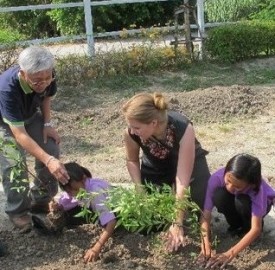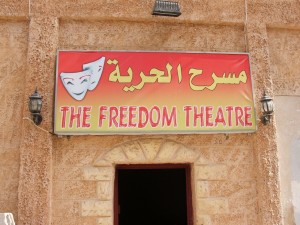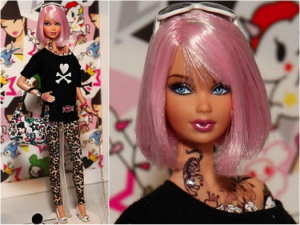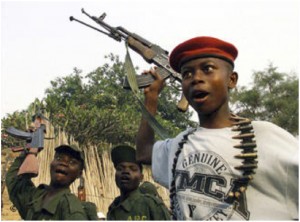Over the summer I gave a webinar presentation about the positive and negative aspects of voluntourism (you can watch the video here or read the summary here, in case you missed it!), and today I would like to discuss the other side of voluntourism. Namely, what to do after you’ve gone on a voluntourism trip (or several trips) and want to incorporate that experience into your work.
I recently read an article on CNN money about whether or not you should include volunteer work on your resume since it is unpaid experience. The article suggested that people who have serious commitments to volunteer work—as in, they volunteer regularly for a particular organization and feel very dedicated to the cause, as opposed to volunteering once or twice a year for a cause they don’t particularly care about—include the experience on their resume, even if it is not directly related to the job field they are applying for. In such a tough job market something like volunteer work can help single out a candidate. If you’ve taken on a lot of responsibilities or show a lot of dedication and commitment to a particular organization or goal, employers will take notice. If the volunteer work you do involves some of the same skills as the job you’re applying for that’s even better, but any kind of consistent volunteer work experience can show commitment and character.
that people who have serious commitments to volunteer work—as in, they volunteer regularly for a particular organization and feel very dedicated to the cause, as opposed to volunteering once or twice a year for a cause they don’t particularly care about—include the experience on their resume, even if it is not directly related to the job field they are applying for. In such a tough job market something like volunteer work can help single out a candidate. If you’ve taken on a lot of responsibilities or show a lot of dedication and commitment to a particular organization or goal, employers will take notice. If the volunteer work you do involves some of the same skills as the job you’re applying for that’s even better, but any kind of consistent volunteer work experience can show commitment and character.
There’s no reason why this article could not apply to voluntourism, as well. Voluntourism is a new field, so of course when I google searched “voluntourism experience resume” (as well as several similar variations) I wasn’t able to find much. But that doesn’t mean it isn’t something to consider. Obviously the same rules from volunteer work apply: only include voluntourism experience if you’ve gone on multiple voluntourism trips/long-term voluntourism trips and intend to continue doing so, if you’ve taken on several responsibilities during the trip, and if you’re dedicated to the cause. If you’ve only gone on one trip or if it isn’t something you particularly care about then there’s no reason to put the experience on your resume, as it won’t really help you stand out.
Of course, this doesn’t mean that you should use voluntourism to pad your resume. Voluntourism is expensive, for one thing, so if you’re not interested in learning about other cultures or travel then it would make more sense to volunteer locally if you’re interesting in making a difference. Also, if you’re going on a trip just so you can have some more experience to include on your resume, then it would be more pragmatic to volunteer locally, to find an internship, or to take a class. Those are all things that will help you build skills in your relevant field, but are less expensive and less time consuming. With the job market the way it is you want to do everything you can to set yourself apart, but you have to be smart about it. If voluntourism is something you’re very interested in and you feel you’ve gained something significant from it, put it on your resume. If you don’t intend to continue voluntouring or you don’t feel it helped you develop any skills or gain any experience, find something else you can do to make yourself stand out.
If you are serious about your volunteering/voluntourism and want to put it on your resume, there are several ways to do so. LinkedIn recently added the ability to add volunteer work and causes you care about to your profile, and while voluntourism is not currently it’s own category, it is a start. Adding your experience–or even your interest in voluntouring in the future–can be a way to round out a profile and draw attention to yourself. If you’re interested in going on a voluntourism trip to add experience and skills to your resume, though, be sure to look for trips that are related to your field, not just general voluntourism programs. You wouldn’t want to end up helping to dig a well if you want to add medical experience to your resume! A quick search for voluntourism programs in your area of interest can yield lots of results. For example, I searched “teaching voluntourism” and was able to find lots of programs that offered volunteers the opportunity to teach abroad. Sites like Travelocity.com also have voluntourism sections, which often list programs offered in a variety of different fields. Just remember to look for voluntourism trips that are sustainable and seem to be legitimately giving back to the destination communities, not trips arranged by foreign travel companies that have volunteers work on unnecessary projects!
Michelle Bovée is a SISGI Group Program and Research Intern focused on international affairs, economic development, and responsible tourism. To learn more about the SISGI Group visit www.sisgigroup.org











